Albert Gleizes (1881-1953)
Get a Gleizes Certificate of Authenticity for your painting (COA) for your Gleizes drawing.
For all your Gleizes artworks you need a Certificate of Authenticity (COA) in order to sell, to insure or to donate for a tax deduction.
Getting a Gleizes Certificate of Authenticity (COA) is easy. Just send us photos and dimensions and tell us what you know about the origin or history of your Gleizes painting or drawing.
If you want to sell your Gleizes painting or drawing use our selling services. We offer Gleizes selling help, selling advice, private treaty sales and full brokerage.
We have been authenticating Gleizes and issuing certificates of authenticity since 2002. We are recognized Gleizes experts and Gleizes certified appraisers. We issue COAs and appraisals for all Gleizes artworks.
Our Gleizes paintings and drawings authentications are accepted and respected worldwide.
Each COA is backed by in-depth research and analysis authentication reports.
The Gleizes certificates of authenticity we issue are based on solid, reliable and fully referenced art investigations, authentication research, analytical work and forensic studies.
We are available to examine your Gleizes painting or drawing anywhere in the world.
You will generally receive your certificates of authenticity and authentication report within two weeks. Some complicated cases with difficult to research Gleizes paintings or drawings take longer.
Our clients include Gleizes collectors, investors, tax authorities, insurance adjusters, appraisers, valuers, auctioneers, Federal agencies and many law firms.
We perform Albert Gleizes art authentication, appraisal, certificates of authenticity (COA), analysis, research, scientific tests , full art authentications. We will help you sell your Albert Gleizes or we will sell it for you.
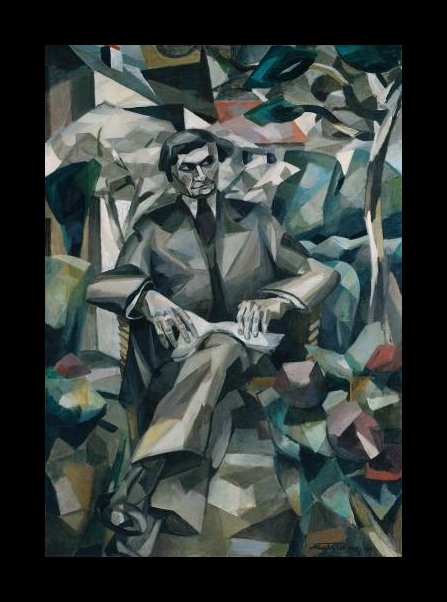
Albert Gleizes was born in Paris, the son of a fabric designer and nephew to famed portrait painter Leon Comerre. As a child, Gleizes was more interested in daydreaming and writing poetry than in going to school. He spent four years in the army before he became interested in painting. His earliest pieces were landscapes, painted probably in an Impressionistic hand with little formal training. Gleizes would eventually exhibit his work with the Societe National des Beaux-Arts in 1902, and again at the Salon d’Automne the following year.
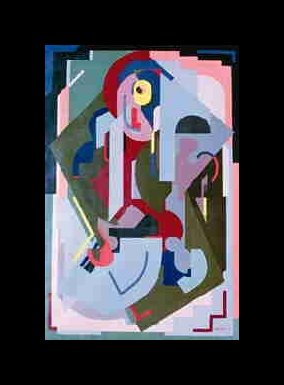
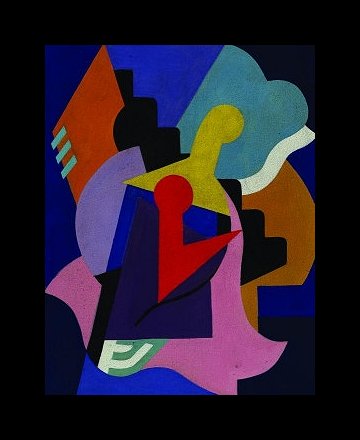
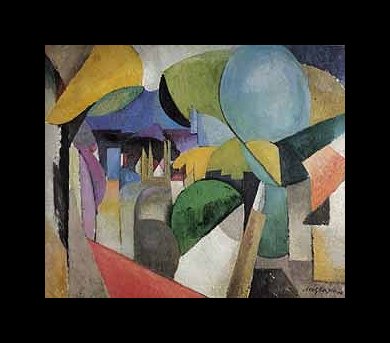
It is said that Gleizes was a very religious man, and this is resonated in a number of his compositions. In fact, many credit Gleizes as being the founder of modern religious art.
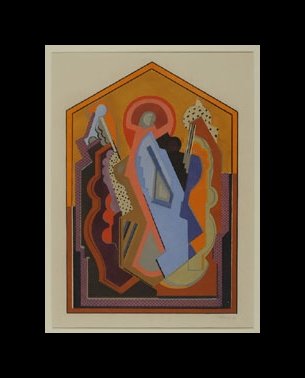
Increasing influence from his fellow painters eventually brought Gleizes into Cubism. He worked and lived with other artists communally until World War I, when he re-enlisted in the army. While in service, he was put in charge of entertainment for the troops. As a result of this, Gleizes met John Cocteau and was asked to design his set for a run of “A Midsummer Night’s Dream.”
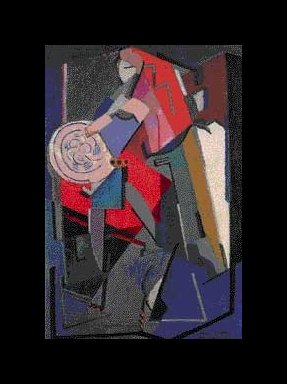
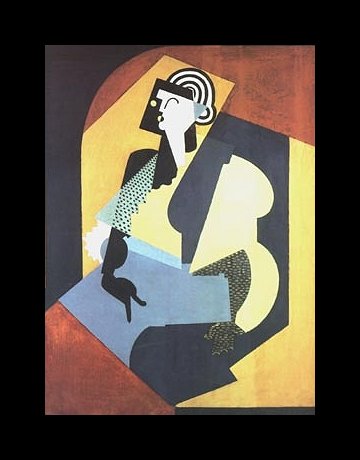
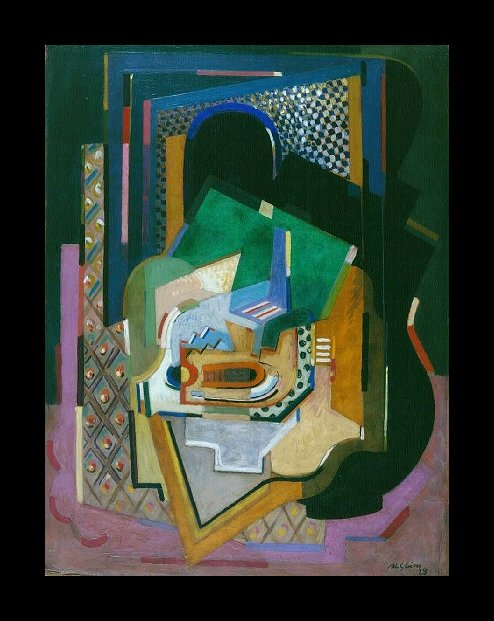
After he returned from the war in 1915, Gleizes moved to New York with his new wife. Together they would travel to Spain and Bermuda, and during this time, he briefly returned to writing poetry. Gleizes would also paint landscapes while in Bermuda, but his career as an artist had begun to slow down, and he became more interested in teaching at this time. From this point on, Gleizes would lecture about all forms of art from the newly created Abstract art to art history in Poland, Germany and France. While Gleizes wasn’t creating nearly as many paintings as before, he was still often commissioned to create murals and other public art pieces.
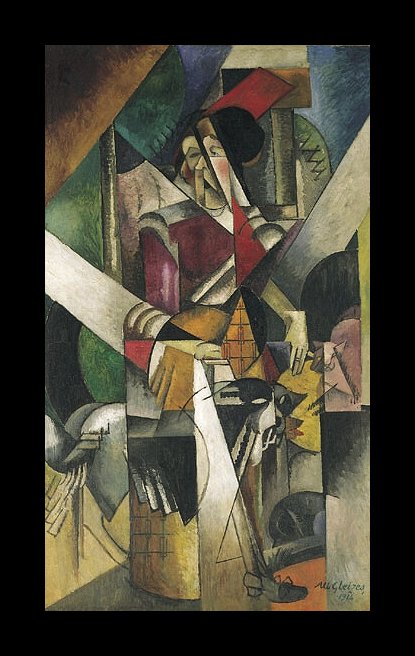
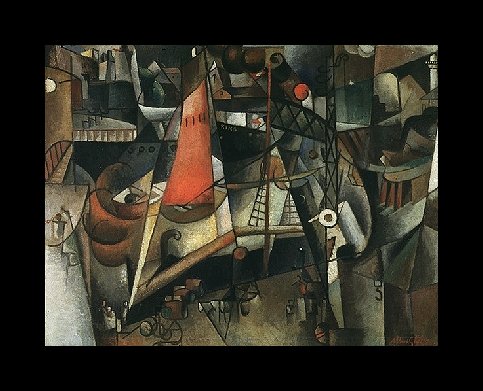
Gleizes work was highly admired by Peggy Guggenheim, and in the 1930’s, she purchased a great deal of his work, which now is housed in the Guggenheim collections. Gleizes was awarded the Prix de Rome and the Legion of Honor, respectively, in 1951 and continued to paint right up until his death in 1953. Although, today his name may not ring familiar, Gleizes had just as much an impact in the art world as his contemporaries. However, because he traveled so extensively, and exhibited widely across Europe and the United States, the possibility of owning one of his pieces is great.
